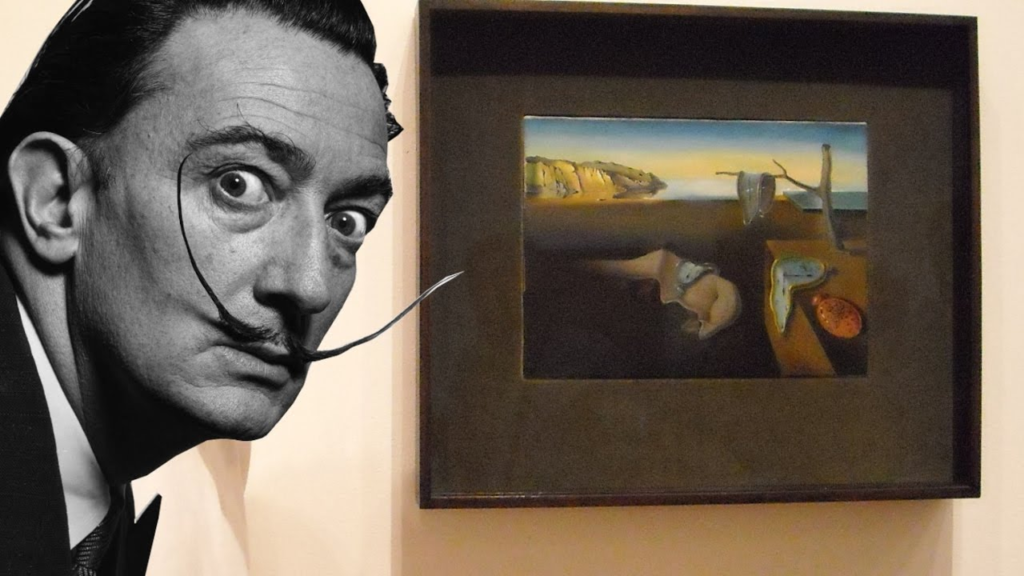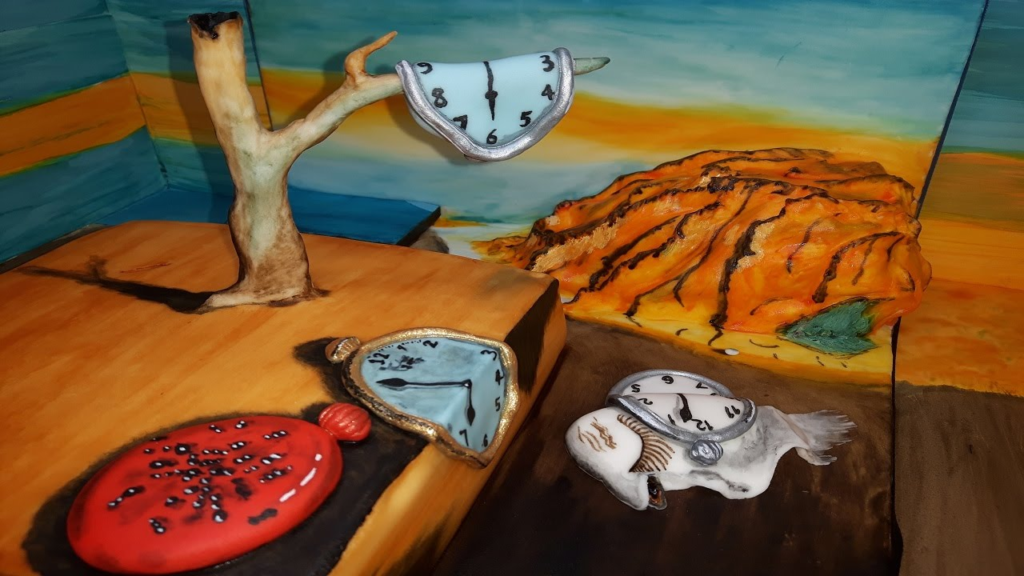The Persistence Of Memory : Uncover the secrets behind Salvador Dali’s “The Persistence Of Memory” through a deep dive into surrealism and art techniques. Explore the hidden meanings and artistic brilliance behind this iconic masterpiece.
The Persistence Of Memory : Introduction
Salvador Dalí, the renowned Catalan Spanish artist, left an indelible mark on the art world with his surrealistic creations that transcended conventional boundaries. Among his many masterpieces, “The Persistence of Memory,” completed in 1931, stands as a testament to Dalí’s genius and his ability to challenge the norms of artistic expression.
ALSO READ : The Birth Of Venus : Botticelli’s Masterpiece

Dalí’s prolific career
Born in Catalonia, Spain, Salvador Dalí emerged as one of the most influential painters of the 20th century. His artistic prowess extended beyond painting, encompassing sculpture, drawing, and design. Dalí’s impact went beyond the confines of the art world, permeating into fashion, advertising, theater, and film. His distinctive Surrealist style set him apart as a visionary who pushed the boundaries of imagination.

Early collaborations and influences
Dalí’s journey in the art world began in 1922 when he studied in Madrid at the Residencia de Estudiantes. It marked the beginning of lifelong partnerships with notable figures such as Luis Buñuel, with whom he co-created the film “Un Chien Andalou” in 1922, and the poet Federico García Lorca. Dalí’s unique perspective and creative prowess found expression in various mediums, solidifying his status as a multifaceted artist.

The persistence of memory
“The Persistence of Memory,” also known as “Soft Watches” or “Melting Clocks,” stands out as one of Dalí’s most iconic works. Measuring just 9.5 × 13 inches, the piece encapsulates several recurring motifs that define Dalí’s artistic language. The setting, featuring the seashore of northernmost Catalonia and the shadow of Mount Pani, became a hallmark of Dalí’s work.
Dalí’s fascination with melting clocks served as a commentary on the rigidity of chronometric time. Inspired by hallucinations after consuming Camembert cheese, Dalí employed the “paranoiac critical method” to intentionally induce hallucinations, providing a glimpse into his subconscious. A distorted human face in profile under one of the watches, reminiscent of his earlier work “The Great Masturbator” (1929), adds an intriguing layer to the painting.

Symbolism and interpretations
The presence of ants on a plate in the painting symbolizes decay and reflects Dalí’s personal fear of insects. Some art historians speculate that “The Persistence of Memory” may be a response to Albert Einstein’s theory of relativity. The painting’s enigmatic nature is further emphasized by Dalí’s public statement that he himself did not understand its meaning, encouraging viewers to interpret it subjectively.

Legacy and sequel
First exhibited in New York in 1932 and initially sold for $250, “The Persistence of Memory” eventually found a permanent home at the Museum of Modern Art. Its significance in the art world remains undiminished, and it continues to captivate audiences with its timeless appeal. In 1954, Dalí painted a sequel titled “The Disintegration of the Persistence of Memory,” introducing an ominous suggestion of bullets to the original, further deepening the mystery surrounding his works.

Conclusion
Salvador Dalí’s “The Persistence of Memory” stands as a timeless masterpiece, embodying the artist’s unparalleled creativity and surrealistic vision. Its enduring legacy, both in the art world and at the Museum of Modern Art, serves as a testament to Dalí’s lasting influence on 20th-century art. As viewers continue to engage with this iconic piece, they are invited to embark on a journey through Dalí’s subconscious, decoding the symbolism and unraveling the mysteries of one of art history’s most celebrated works.
To explore more news : Click Here
ALSO READ : The Newest Country In The World : South Sudan’s Inspirational Journey To Independence




































